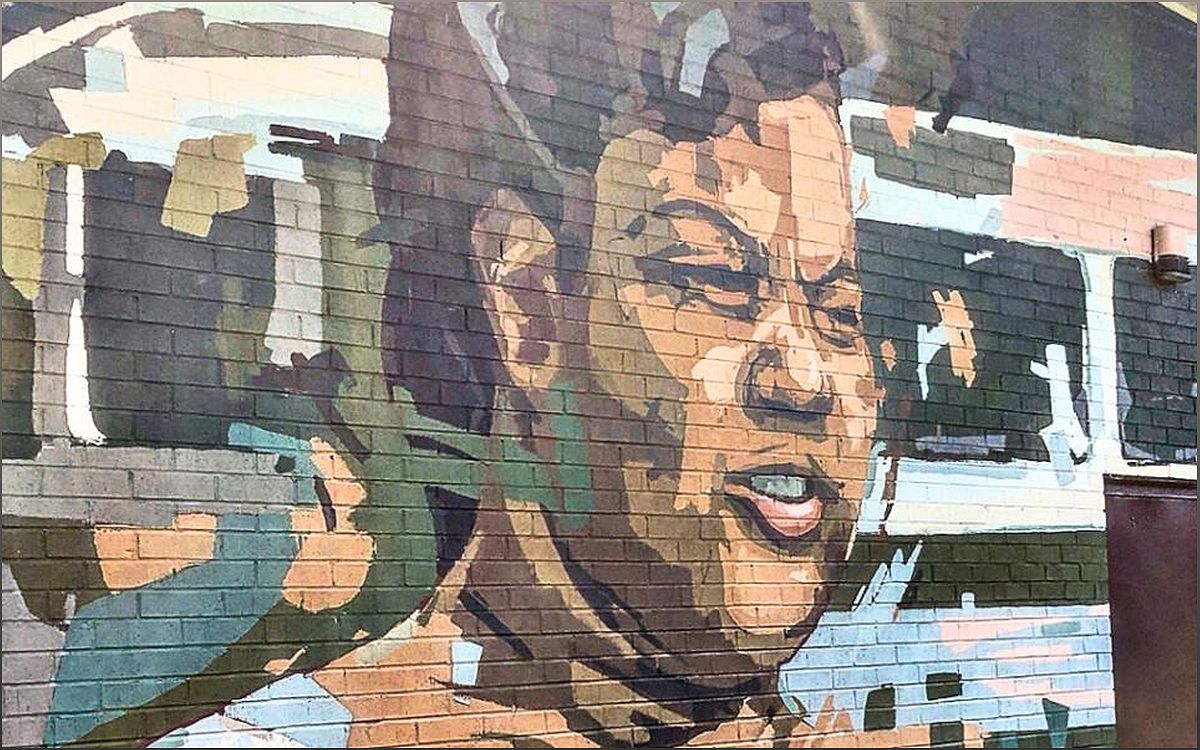On the corner of Washington and Main Street in downtown Columbia, South Carolina, a brown commemorative street sign stands as a tribute to Sarah Mae Flemming, an unsung hero of the civil rights movement. In this article, we delve into the extraordinary life of Flemming, a young woman whose act of resistance on a bus sparked a legal battle that would ultimately shape the course of history. Join me as we uncover the remarkable story of this pivotal civil rights figure.
The Bus Ride That Changed History
Explore the pivotal moment when Sarah Mae Flemming's courageous act on a bus sparked a legal battle.
In the summer of 1954, Sarah Mae Flemming, a young African American woman, unknowingly set in motion a series of events that would leave an indelible mark on the civil rights movement. It all began on a seemingly ordinary bus ride in Columbia, South Carolina.
As Flemming took her seat in the designated 'colored' section, little did she know that her simple act of defiance would lead to a confrontation with the bus driver and a legal battle that would challenge the very foundations of segregation.
Despite the physical and emotional toll it would take on her, Flemming stood her ground, determined to fight for justice and equality. Her bravery and resilience would pave the way for future civil rights activists, including the iconic Rosa Parks.
The Complexities of Bus Segregation
Uncover the intricate web of segregation laws that governed bus seating during the Jim Crow era.
Understanding the context in which Sarah Mae Flemming's act of resistance took place is crucial to appreciating its significance. During the Jim Crow era, buses in South Carolina were strictly segregated, with separate seating areas for Black and white passengers.
However, the rules surrounding bus segregation were far from straightforward. Black passengers were not allowed to sit in the same row as or in front of white passengers, creating a complex and ever-changing seating arrangement.
This system of segregation served as a constant reminder of the racial divide that permeated society at the time. Flemming's decision to challenge these barriers was a bold and courageous act that would have far-reaching implications.
The Legal Battle Begins
Follow the journey of Sarah Mae Flemming as she takes her fight for justice to the courts.
Upon hearing about Flemming's ordeal, civil rights activist Modjeska Monteith Simkins recognized the potential for a landmark legal case. With the support of the NAACP, Flemming filed a lawsuit against the bus company, alleging assault and violation of her constitutional rights.
The legal battle that ensued was not without its challenges. Flemming faced intimidation from the Ku Klux Klan, and the judge assigned to her case was known for his segregationist views. Despite these obstacles, Flemming and her legal team persevered, buoyed by the recent victory in the Brown vs. Board of Education case.
Ultimately, Flemming's case would reach the Fourth Circuit, where a previous ruling would play a pivotal role in dismantling bus segregation not only in South Carolina but across the country.
The Ripple Effect of Flemming's Case
Discover how Sarah Mae Flemming's courageous stand influenced the civil rights movement.
The impact of Sarah Mae Flemming's case extended far beyond the courtroom. News of her fight for justice spread, inspiring others to take a stand against segregation and discrimination.
Rosa Parks, who would later become a prominent figure in the civil rights movement, was among those who drew inspiration from Flemming's story. Parks' refusal to give up her seat on a Montgomery bus just over a year after Flemming's case was a direct result of the legal precedent set by Flemming's courageous stand.
Flemming's actions ignited a wave of change, leading to the desegregation of buses and marking a significant victory in the fight for civil rights.
Preserving Flemming's Legacy
Learn how efforts are being made to ensure Sarah Mae Flemming's story is properly recognized and celebrated.
For many years, Sarah Mae Flemming's story remained largely unknown, overshadowed by more well-known figures in the civil rights movement. However, historians and educators are now working diligently to bring her story to light and give her the recognition she deserves.
Through initiatives such as Black history walking tours and museum exhibits, Flemming's pivotal role in the fight for civil rights is being acknowledged and celebrated. Her family, too, is dedicated to preserving her legacy and ensuring that future generations learn about her remarkable journey.
As we continue to uncover the stories of unsung heroes like Sarah Mae Flemming, we gain a deeper understanding of the complexities and nuances of the civil rights struggle. It is through their collective efforts that we can truly appreciate the progress that has been made and the work that still lies ahead.

